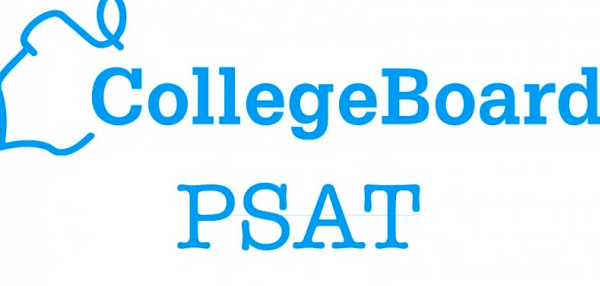Also in:
What Does the PSAT Do?
Before their first official SAT, many high schoolers plan to take the PSAT as a freshman or sophomore to have a real test experience and showcase their ability to analyze passages, use English effectively, and interpret data/graphs in a formal setting. Another reason to take the PSAT is to help predict your SAT score because the two tests use a similar scale: The PSAT is scored on a scale of 320 to 1520, with an equal weight on Math and EBRW (Evidence-Based Reading and Writing). As for the SAT, the only difference is it’s scaled from 400 to 1600.
While the PSAT could be an indicator for the SAT, take that result with a grain of salt because test prep can make all the difference. Many sophomores—sometimes freshmen, even—become overly anxious when they do not perform as well as they expected, and parents begin to panic. The “P” in PSAT stands for “preliminary,” meaning that the test is more of a preparation for the SAT anyway. However, there is another advantage of getting a good PSAT score besides the aforementioned benefits: scholarships.
National Merit Scholarship Qualifying Test
Another official name for the PSAT is NMSQT, which stands for National Merit Scholarship Qualifying Test. That being said, if you are capable of being one of the top-tier test takers, there is a chance for you to qualify for National Merit recognition. Every year, approximately 15,000 to 16,000 juniors are named National Merit Semifinalists, who are then given the chance to become Finalists and win scholarships.
College Scholarships
Even if you’re not qualified as a Semifinalist, with your permission, colleges can now contact you if they believe your performance is an indicator of what they are seeking in future applicants. In many cases, students with stellar PSAT scores—yet not as good as the Semifinalists—would then receive merit-based scholarships from colleges if they manage to demonstrate their academic capacity through the PSAT. Colleges use tests such as the PSAT to locate prospective students from a growing applicant pool, and a good PSAT score would certainly stands out.
Should I Take It?
Scholarships or not, the PSAT offers an opportunity for you to get ready for the real SAT, and is a recognized test to help colleges determine your academic strengths. If you generally perform in the 75th percentile or better, do some practice tests and try your best to be qualified for scholarships and build connections with colleges. If you’re generally below the 75th percentile, still take the test seriously and use it as a practice regardless. Every high schooler should take the PSAT because there is certainly no harm in taking it; meanwhile, the importance/value of the test result depends on your priorities.
